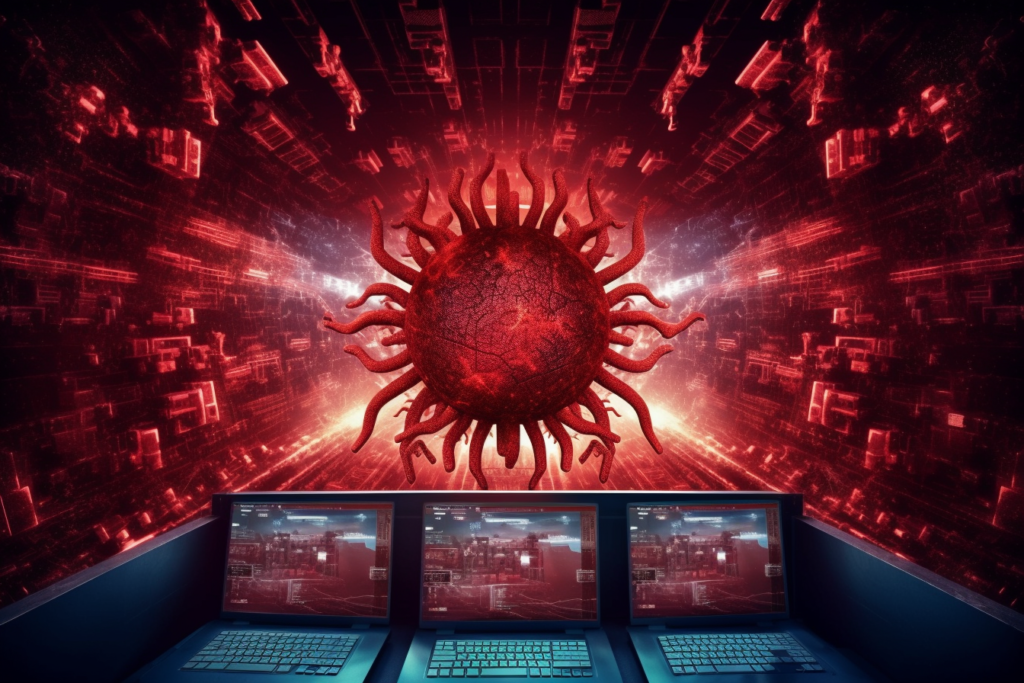Introduction
In our technology-driven world, endpoint devices have emerged as critical components in both our personal and professional lives. These devices—including desktops, laptops, mobile phones, and IoT gadgets—are gateways into vast networks. Yet with the surge of cyber threats, the importance of endpoint security is more pressing than ever. In this article, we’ll explore the primary threats to endpoint devices—focusing on malware and ransomware—while highlighting their implications and presenting effective security measures. Let’s delve into why this topic warrants your attention and action.
Understanding Endpoint Devices
Endpoint devices are the tools we rely on daily, from the familiar desktops and laptops in our offices to the mobile phones that keep us connected wherever we go. The rise of Internet of Things (IoT) devices, like smart speakers and connected appliances, introduces unprecedented risks as they blend our physical and digital lives.
Each device serves vital roles in ensuring convenience and connectivity, but their interconnectivity also renders them prime targets for cybercriminals. Understanding what these devices are and how they function is the first step towards protecting them from emerging threats.
Overview of Common Threats
The landscape of cyber threats is broad, but malware and ransomware represent two of the most critical dangers facing endpoint devices today. Malware is the umbrella term for malicious software, which includes viruses, worms, trojans, and spyware. Typically, these infect devices through deceitful downloads or phishing attempts, often leading to data theft or system malfunction.
In contrast, ransomware employs a more aggressive tactic: it encrypts user data and demands payment for its release. The impact of ransomware is underscored by infamous attacks like WannaCry and NotPetya, which disrupted thousands of organizations and inflicted substantial economic damage. Additionally, users must be wary of phishing scams, insider threats, unauthorized access, and data breaches that can exploit vulnerabilities in these devices.
Implications of These Threats
The consequences of malware and ransomware extend far beyond mere inconvenience. Financially, individuals may lose valuable personal information and money, whereas organizations can suffer substantial losses due to operational downtime and recovery costs, often amounting to millions. A successful cyber attack can also irreparably damage a company’s reputation, eroding consumer trust that can take years to rebuild.
Moreover, neglecting to protect against these threats could lead to legal ramifications, particularly regarding compliance violations that might attract hefty fines from regulatory authorities. Thus, the stakes of failing to secure endpoint devices are not just immediate; they can ripple into long-term challenges.
Mitigation Strategies
Addressing these threats effectively requires a robust and multifaceted security strategy. First and foremost, installing antivirus and anti-malware software is essential to detect and eliminate threats proactively. Regular updates and patch management are crucial steps in mitigating vulnerabilities in software and operating systems.
Furthermore, fostering a culture of cybersecurity awareness through employee training can significantly reduce the likelihood of successful attacks, as an informed user is less prone to falling for phishing scams or other deceptive tactics. Additionally, deploying firewalls and intrusion detection systems adds layers of defense against unauthorized access. Finally, creating comprehensive IT policies that delineate best practices for endpoint device security can mitigate risks and empower organizations to confront cyber threats head-on.
Conclusion
In today’s digital landscape, understanding and addressing the threats facing endpoint devices is not optional; it is imperative. As the sophistication of cyber threats escalates, our defensive strategies must evolve in tandem. Individuals and organizations must cultivate a proactive security posture, equipping themselves with the knowledge and tools necessary to fend off potential attacks.
By heightening awareness and implementing robust security measures, we can protect our devices, personal data, and ultimately, our lives in this interconnected world. Cybersecurity is not merely an IT issue—it’s a shared responsibility that demands our immediate and ongoing attention. Let us take action today to secure tomorrow.

